Commercial Fabric Softeners are the Problem (Here is the Solution)
When it comes to doing laundry, most of us are prone to overkill. We want beautifully clean, brilliantly white, soft, and fluffy laundry results. And we don’t measure. We pour stuff straight into the washer, often adding a second big glug to make sure.
We use liquid fabric softener by the gallon and dryer sheets by the hundreds because towels and sheets are never too soft. And when they look gray and feel stiff and crunchy, what do we do? We use more detergent, more softener, and even more dryer sheets!
The Trouble with Fabric Softeners
Grungy build-up
The problem is that product build-up from liquid fabric softeners and dryer sheets doesn’t get rinsed away. Every time you do the laundry, more and more of these products get left behind.
This build-up of detergent and softeners can make appliances stink, colors look dingy, whites turn gray, and linens feel stiff and scratchy. Towels, especially, can turn sour and stinky no matter how much you re-wash and re-soften. Detergent and softeners that aren’t properly rinsed away begin to harbor odor-causing bacteria. The washing machine gets stinky, too, but that’s not the worst.
Health and respiratory issues
The medical website, WebMD.com reports that the perfumes and additives in laundry products may cause skin problems—from itchiness to full-blown dermatitis. Fabric softeners are very allergenic and can cause eczema, which can appear as dry, flaky, chronically itchy skin.
Dryer sheets contain volatile organic compounds like acetaldehyde and butane, which can cause respiratory irritation. Fabric softener chemicals known as quaternary ammonium compounds have been linked to asthma. Acetone, also used in dryer sheets, can cause nervous system effects like headaches or dizziness.
Ironically, commercial fabric softeners—liquid softener you put into the washing machine and sheets that go into the dryer—are not the way to turn out beautifully soft, fluffy clothes, sheets, and towels. They are the problem! The more you use, the less satisfactory and healthy your results will be.
How to Break the Habit
No commercial fabric softeners
Stop using liquid softeners and dryer sheets. No more scented laundry products. The perfume in many cleansers and fabric softeners can irritate your skin. You’re better off using gentle, scent-free products. Enjoy the savings.
Double rinse with vinegar
If you’re coming off a laundry-product high, you may need to double rinse for a while to coax all of the detergent and product build-up from your laundry.
Depending on the load size, adding 1/2 to 1 cup white vinegar to the final rinse (fill the liquid softener dispenser, and it will release automatically) does wonders for rinsing out detergent and build-up from other products, too, but it may take a number of trips through the laundry to get it all out.
Don’t worry. You only notice the vinegar smell when clothes are wet, not when dry, even if they were dried on a clothesline.
Wool dryer balls
They don’t contain toxic chemicals; they last for thousands of loads, get rid of static cling and wrinkles, soften clothes, and actually save time and energy by cutting down on drying time. Dryer balls are the solution!
Soften
100% wool dryer balls are the best dryer balls of all. They mechanically soften your laundry without the harmful chemicals found in fabric softeners or dryer sheets.
Separate
They lift up and separate laundry while drying, reducing both the drying time and wrinkling.
Retain heat
Wool dryer balls also retain the heat, which it then transfers to your clothes as they tumble, this further speeds up the drying process saving energy and money.
We have many choices in dryer balls. My choice is those that are 100% wool, dense, and large—in a word, hefty! You want wool dryer balls that are solid and will last for years without deteriorating, falling apart, or losing the ability to turn out beautifully soft clothes and linens.
These extra-large dryer balls, each 9 inches in circumference, are made of 100% quality wool and come in a 6-pack. As dryer balls go, these are perfect in every way.
Static Cling Solution
The biggest complaint I have received from readers is that while dryer sheets would eliminate static cling, the wool dryer balls do not. In fact, reported several (thousand) people, static cling makes these folks want to throw the balls out and go back to the old dryer sheets. Don’t do that! Really … there is an explanation and a simple solution.
Much of the reason static occurs is due to over-drying clothes. You will definitely notice static if the dryer is allowed to run too long, with or without wool dryer balls!
Overdrying wastes gas or electricity and prematurely wears out clothes, as evidenced by all that lint. As you are learning, it also causes static cling—especially on low-humidity, dry winter days.
Because I do not have the time to stand in the laundry room watching and waiting for things not to become over-dried, I spray my wool dryer balls with water (dunking them in a container of water works as well), getting them quite wet. Now, the laundry dries faster than the wool dryer balls because they are so dense, elevating the humidity level in the dryer. This works like a charm, does not harm the dryer balls in any way, and does not seem to increase the drying time.
I want to encourage you to rethink commercial fabric softeners and dryer sheets and try wool dryer balls instead for your health and wealth!
First published: 10-6-16; Updated and Republished 4-27-22
Everyday Cheapskate participates in the Amazon Services LLC Associates Program, an affiliate advertising program designed to provide a means for us to earn from qualifying purchases, at no cost to you.
More from Everyday Cheapskate
Please keep your comments positive, encouraging, helpful, brief,
and on-topic in keeping with EC Commenting Guidelines
Last update on 2024-04-27 / Affiliate links / Images from Amazon Product Advertising API

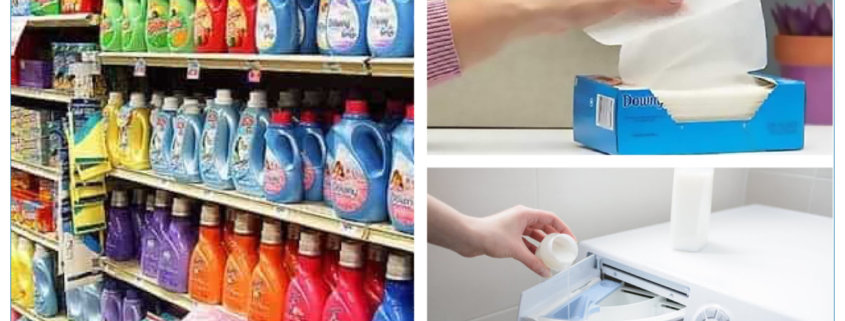

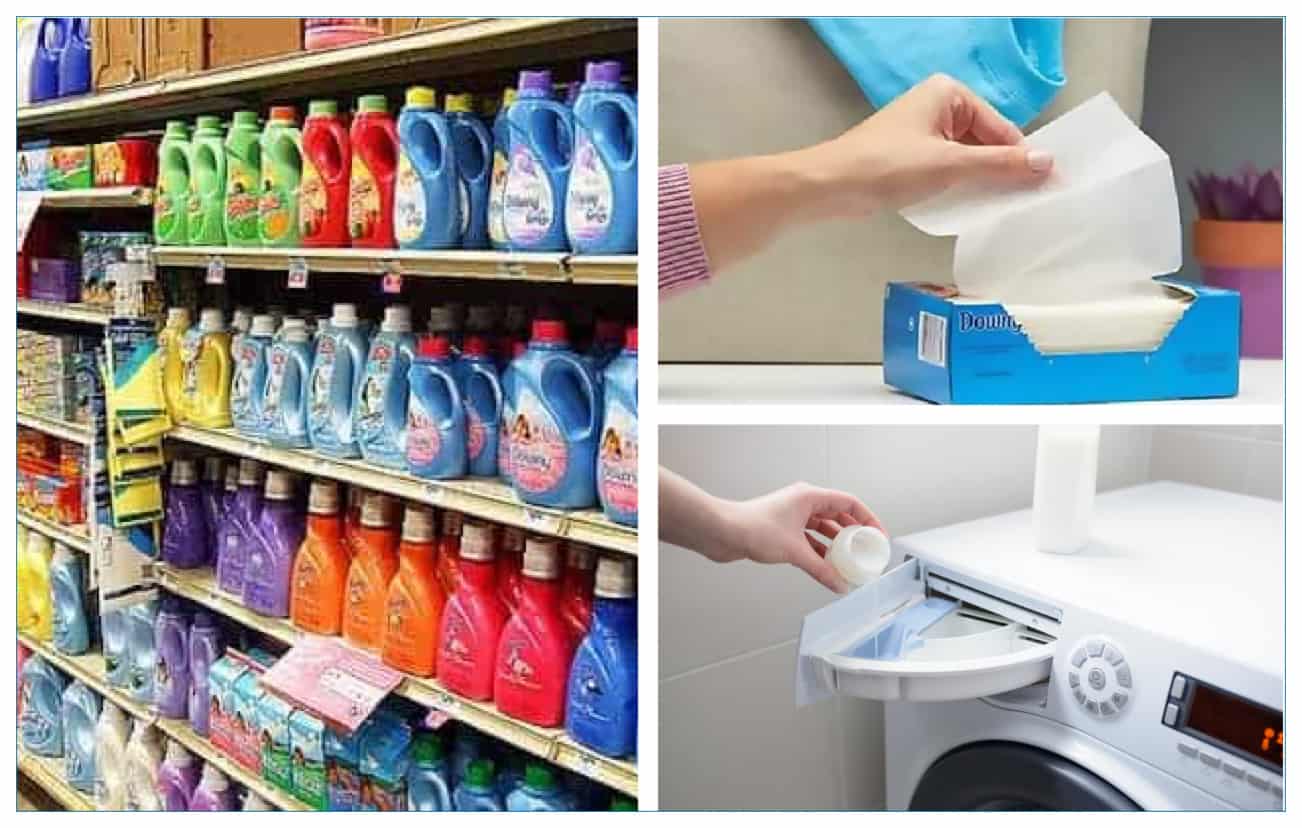



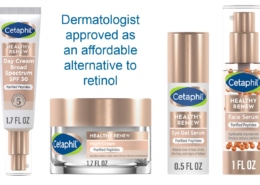
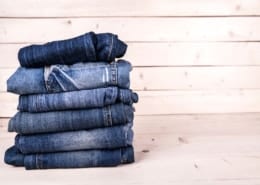
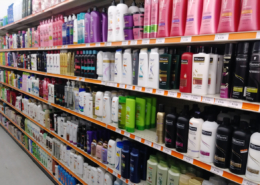

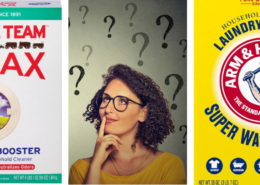


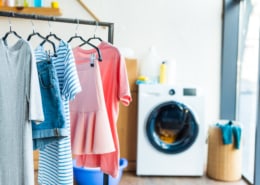


Mary, just wanted to let you know that I appreciate the little bits of wisdom you include with your tips and tricks for keeping us healthy and saving money. They add a lift to my day – thank you!
I really, really want to do this. But I have read at Consumer Reports that it can damage seals and hoses in washing machines. I went to my manufacturer’s site (Whirlpool) and didn’t find any info regarding the safety of vinegar in their machines. Have the machine manufacturers indicated their take on this to you? Thanks!
This is my personal opinion: I wouldn’t trust Consumer Reports as far as I could throw the entire organization. I have found so many flaws in their reviews, articles. Case in point—uggesting (no, make that alerting, warning) that adding 1 cup of vinegar to the rinse cycle in a washing machine is going to destroy the hoses and gaskets. They state this as fact, which has no basis in fact. But now I get 100s of msgs from argumentative CR fans. So to answer your question, I suggest you look to the owner manual. I have been using Washing Soda, Vinegar, Borax in my washing machines for decades. I have never had one hose melt down, not one gasket fail; have not had a single service call wherein any of those items were found to have failed. I have had one washing machine service call in 52 years, and that was to replace a water pump. OK, I’ll get off my soapbox now. (You can probably tell that CR is one of my pet peeves.)
Thank you, Mary! I appreciate the response. I just did my first load with vinegar. I added a few drops of essential oil and it is wonderful! I didn’t find any info in my owners manual. But o do trust your experience. Thank you again.
I stopped using fabric softener years ago and I definitely haven’t missed it! Occasionally I’ll use the wool dryer balls but my laundry seems to be fine with just a few tablespoons of regular laundry detergent and not the capfuls that the bottles recommend. Now I can definitely smell someone who uses the full amount of detergent and fabric softener! It is quite overwhelming.
The way to stop static is to take an old bath towel put two or three safety pins and pin them to the towel and leave it in your dryer along with the wool balls. The towel will help to dry your clothes faster and the pins will stop static.
I’ve used a very dense ball of aluminum foil added to the dryer to neutralize static.
The worst outcome has been when the ball falls out of the dryer and one of the cats sees and gets that shiny ball of foil before I do.